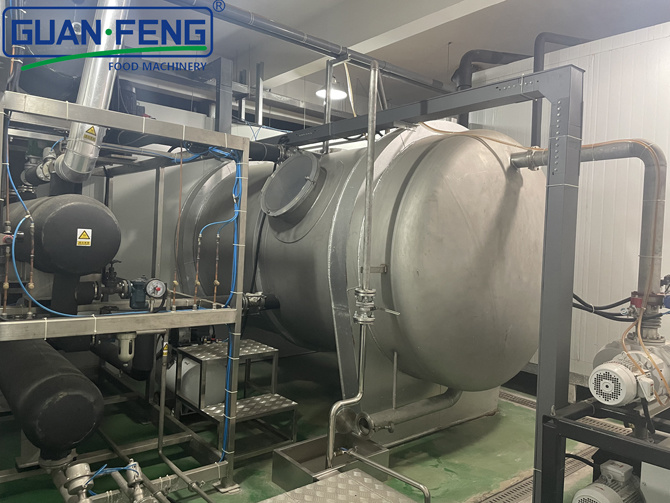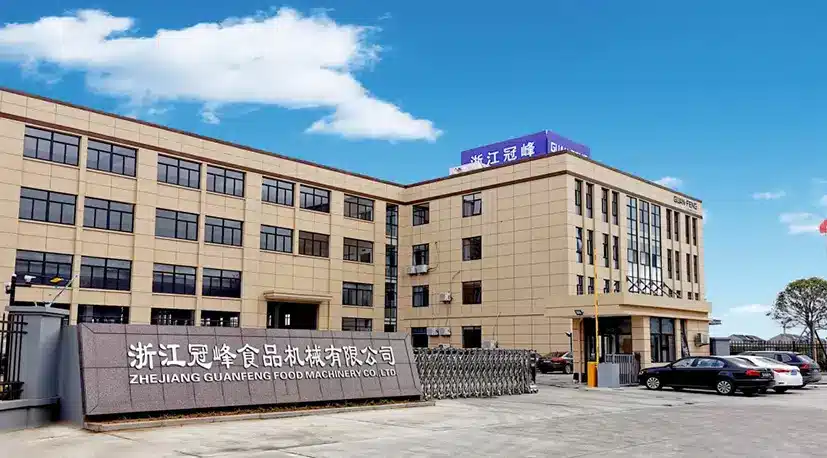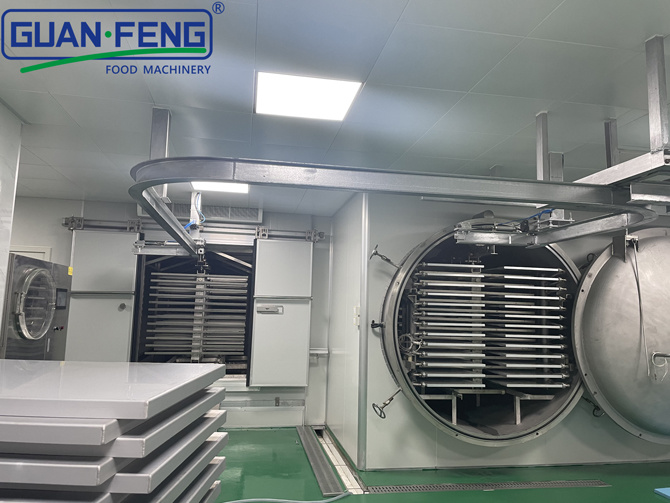BLOG
Focus on hot topics, real-time dynamics
The reasons for the leakage rate of the vacuum freeze dryer.

There are two indicators that can measure the sealing performance of a container in a vacuum freeze dryer: "rise rate" and "leakage rate".
The pressure rise rate refers to the pressure change of a "vacuum" container over a certain period of time. The unit is usually mbar/s or mTorr/min. The calculation formula is as follows:
Pressure rise rate=(test end pressure - test initial pressure)/test time. However, pressure rise rate is not a good indicator for comparing the airtightness of containers of different volumes,
Because the pressure rise rate cannot cope with the impact of container volume. For example:
A 10 L container and a 100 L container were tested to have the same pressure rise rate, but in reality, the 100 L container leaked much more air than the 10 L container.
Therefore, if we need an indicator to compare the airtightness of containers of different volumes, it involves leakage rate:
Leakage rate=(test end pressure - test initial pressure) * volume/test time,
Or leakage rate=pressure rise rate * volume
For example, comparing a 10L and a 100L container, the same pressure increases by 60mbar in 1 minute at a rate of 1mbar/s. The leakage rate is
10mbar * L/s and 100mbar * L/s. Obviously, at the same rate of pressure rise, the leakage rate of a 100 liter container is the same as that of a 10 liter container
Ten times.
Therefore, taking the vacuum freeze-drying machine as an example, regardless of who produces the equipment or how large it is, we recommend proposing comparable leakage rate indicators on the user demand URS as a reference
Acceptance criteria for equipment.
What is the acceptable qualification index for a freeze-drying machine based on the leakage rate?
We have developed leakage rate indicators based on three considerations: first, to ensure the vacuum performance of the equipment, and second, to consider the sterile guarantee of the equipment during negative pressure operation,
The third is the impact on the attributes of the product (see the article "Controllable Nucleation").
But after reviewing a lot of information, unfortunately, I did not find a very clear relationship between leakage rate and sterility. In an article, it was seen that bacteria * * have a small diameter of 0.2
A micrometer mircon meter, therefore theoretically, the diameter of the small channel that leaks bacteria is 0.2 micrometers (a channel length of 3mm). It can be calculated that the leakage rate is 0.36
x 10-9 mbar L/s。 It is obvious that no device can meet such strict standards, but no one has mentioned that the product meets industry leakage rate standards
Contaminated by microorganisms outside the box. Why is this? There may be several possibilities, including:
Is it possible that the leaked airflow passes through the box and directly enters the downstream cold trap closer to the exhaust port? Under vacuum conditions, penicillin bottles contain sublimated water vapor to form a counter current, preventing leakage of air flow into them?
What is the leakage rate standard in the industry? The leakage rate is 0.02mbar * L/s
But in 2006, the standard explicitly stated 0.01 mbar * L/s, and if the equipment is maintained properly, the indicators throughout the entire equipment lifecycle
No changes should occur. -Has it really been leaked?
**Regarding "leakage", there are two basic concepts: "real" leakage Real Leaks and "virtual" leakage Virtual Leaks:
Real Leaks can be defined as the direct leakage of external air into the interior of a freeze-drying machine in a vacuum state. Theoretically, "real" leaks will cause a linear increase in box pressure over a certain period of time.
Virtual Leaks are mostly believed to be caused by the evaporation of residual moisture inside the box (1ml of water under freeze-drying pressure and temperature conditions)
The pressure increase caused by "internal" factors such as the release of 10000000ml of water vapor or the adsorption of non condensable gases, but this
The increase gradually decreases and decreases over time, forming a non-linear increase.
In fact, the vast majority of newly produced laboratories and production freeze dryers in the industry also follow the standard of using 0.01mbar * L/s.
Hot Tags:
PREVIOUS:
Contact Us
E-mail:
sales@syguanfeng.com
Tel:
+86 15088506234
Address:
South Industrial Park of Dongguan, Shangyu District, Shaoxing City,Zhejiang Province,China.
GUANFENG, your customization experts!
GUANFENG FOOD MACHINERY - leading supplier of integrated food processing solutions
Copyright© 2024 ZHEJIANG GUANFENG FOOD MACHINERY CO.,LTD.









